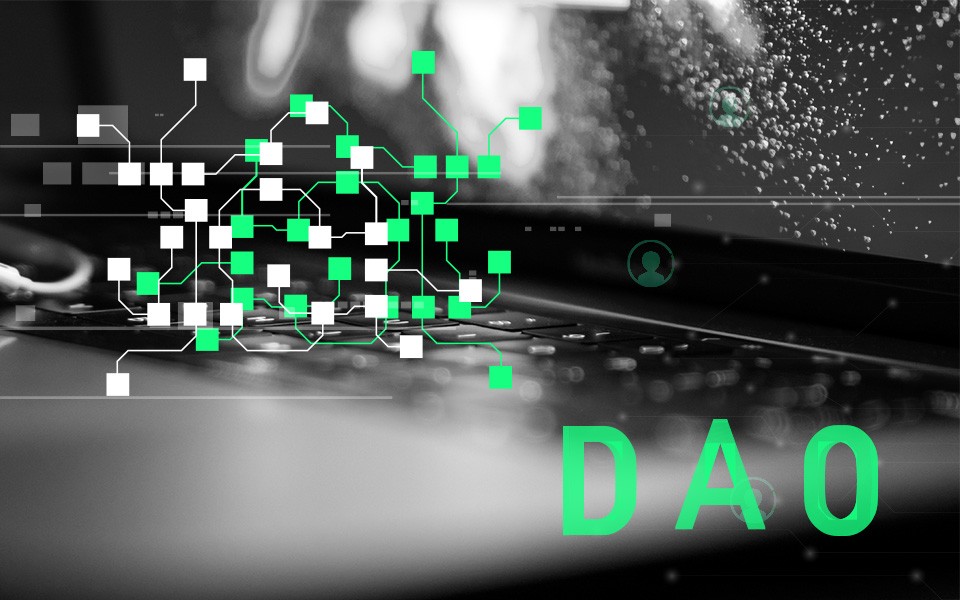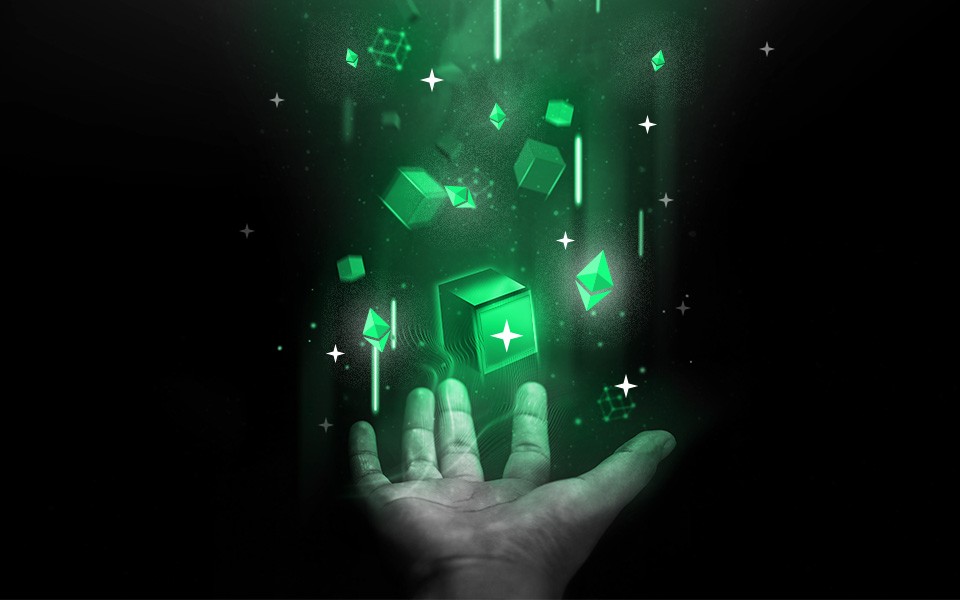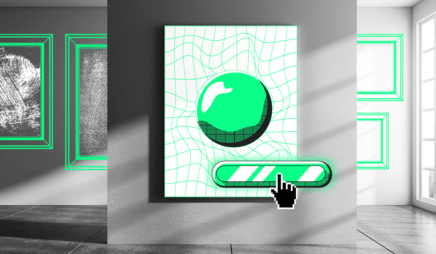Smart contract development - Ethereum and layer two blockchains (L2)
Consulting and tokenomics design
NFT-supported or fungible token-supported decentralized autonomous organizations (DAOs)
NFT projects - design, building generative graphics for tokens, NFT smart contract, web 2.0 assets supporting the project
dApps development
(decentralized applications)
Marketing communication with blockchain and crypto community
What kind of Web3 project are you thinking about?

Brainstorming the next iteration of web
Ideating new blockchain solutions is a complex and multidisciplinary process that calls for different types of experts: developers, game theory experts, economists, and even psychologists. You have to think far beyond your product’s technological and programming aspects. Designing effective tokenomics (economy, supply, and demand mechanisms of your token), decentralization, user incentives, and predicting negative contingencies of designed systems are essential to building blockchain projects.
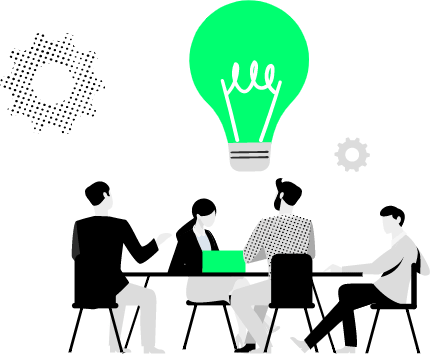
Smart contract development
Sooner or later, everything you want to build in the Web3 world will include smart contract development. In blockchain development, we can rely on a vast pool of open-source software and solutions that can be rebuilt and adapted to specific business needs. What is very specific about building new crypto products is that the conceptualization of problems to be solved and the quality assurance and security stages are paramount to the project’s success.



Decentralized application development (dApps)
dApps, or decentralized applications, are open-source applications that are underpinned by smart contracts and operate on a peer-to-peer network of servers. These applications pivot around various blockchains – such as Ethereum, Binance Smart Chain or higher layers of the Ethereum ecosystem – L2 (Layer Two). dApps are composable, which means that when we’re building them we have to remember that our solution might or even should be a part of a bigger set of crypto building blocks that are interoperable in a broader blockchain services network.
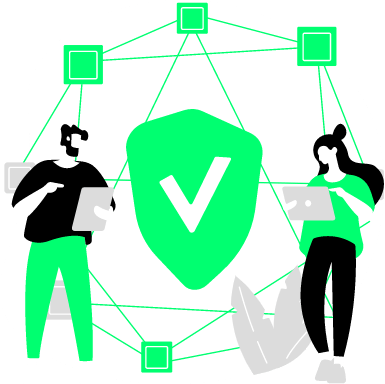
Building Decentralized Autonomous Organizations
DAOs are a new way of organizing human efforts and aligning incentives of people who don’t even have to know each other. Basic building block of DAO is a smart contract living on a blockchain that is issuing some kind of token. Holders of this token (a certain amount of it) are members of the organization and usually have voting power over it. Therefore DAOs always have internal capital; that is, a DAO contains some kind of internal property that is valuable in some way, and it has the ability to use that property as a mechanism for rewarding certain activities.
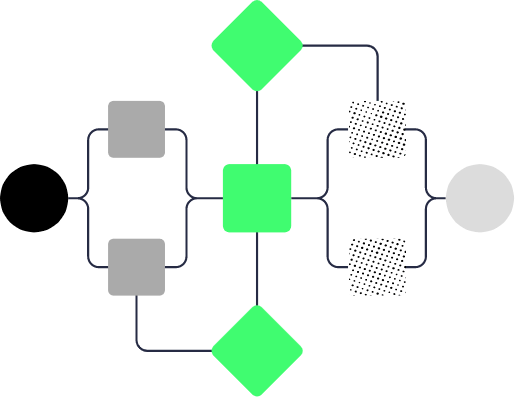
Non Fungible Tokens
This specific type of cryptographic token has been all the rage for the last 12 months. Seeing through the hype, we can clearly distinguish a set of functions that NFTs can provide. The list is certainly not exhaustive, and new applications will emerge over time:
- The opportunity to own unique items in the gaming world and metaverse.
- The only indisputable proof of the authenticity of an artwork.
- A deed to real property or another physical object.
- NFT as a ticket.
- Membership card in the form of NFT.
- Token as a certificate of originality of a given idea or solution.
- A way to monetize (royalties) the work of creators, artists.
- NFT as a souvenir.
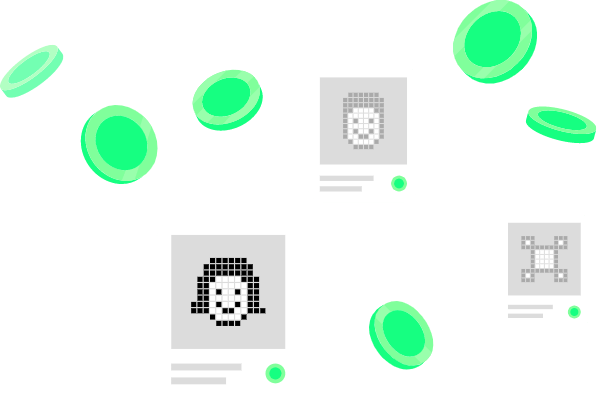
How to effectively communicate with the crypto audience? How to communicate blockchain subjects to normies?
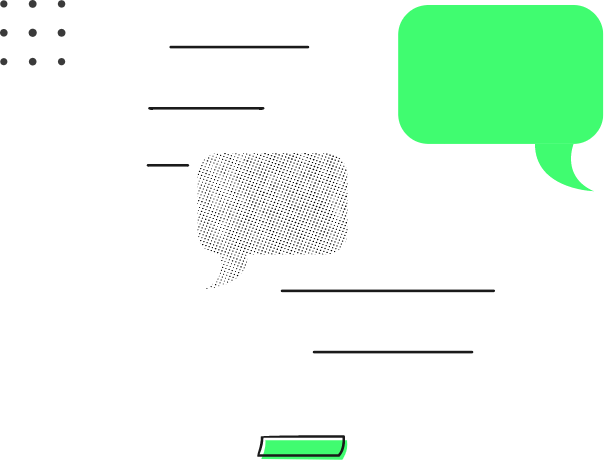
Stages of successful building for Web3





Key success factors of crypto projects
From our blog
Browse articles to learn about our approach to software and product development. We share expert knowledge and tons of helpful tech tips.
What can we do for you?
Talk to us about your project and let's start building it together!





















